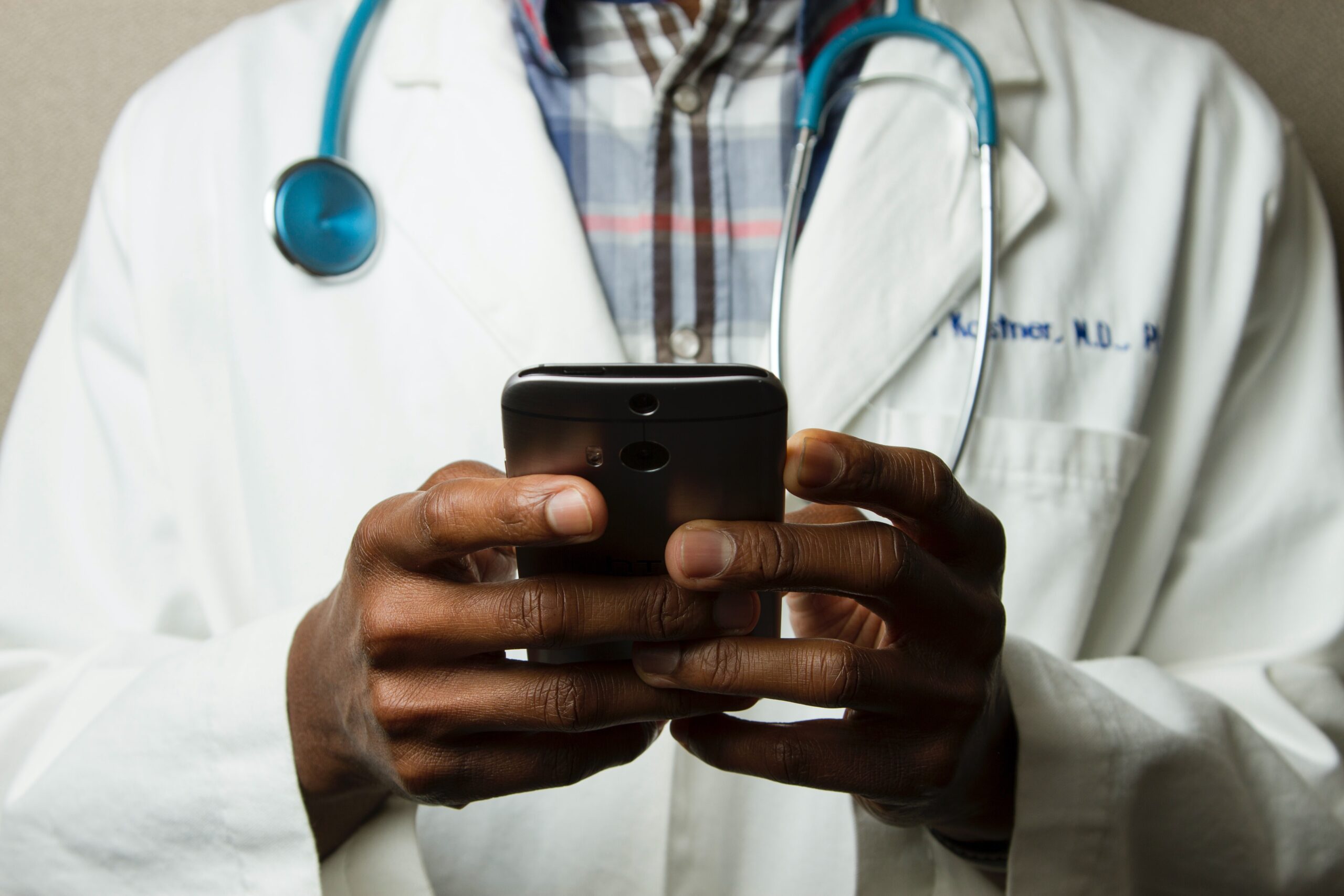Telehealth involves the distribution of health-related services and information via electronic information and telecommunication technologies. It allows long distance patient/clinician contact and care, advice, reminders, education, intervention, monitoring and remote admissions.
Telehealth is an effective way to reduce the spread of infectious diseases. When patients have an infectious disease, they can stay home and simply call their healthcare provider to get treatment. By staying at home, patients do not expose healthcare professionals and other patients to their illness.
Most telehealth visits will include video. All you will need for this is a smartphone or a device with an internet connection and audio-video capabilities, like a tablet or computer.
Preparing for your visit:
Use these tips to help your virtual health visit run smoothly, especially if you are using video to talk with a doctor.
- Write it down. Just like an in-person visit, you will want to write down important information to make the best use of your time with the doctor.
- Make a list of your current medications (or gather the actual bottles).
- Write down any symptoms, questions, or concerns you want to discuss during the appointment so you do not forget them.
- Note your temperature and weight if your doctor requests it.
- Keep paper nearby to take notes about what your doctor says during the e-visit.
- Let your doctor know if you need an interpreter. You can request an interpreter when you make your appointment or have someone call on your behalf a few days before your appointment.
- Check your email for instructions. Be sure to review any email, texts, or other communication from your doctor’s office. The office may send you details about your upcoming appointment and how to log on or use their technology.
- Reduce background noise. This can be tricky when there are a lot of people in the house! Try to find a quiet activity for the kids in a separate room and ask other adults to speak quietly, if you can.
- Close other applications. Some applications on your phone, tablet, or computer will slow down your internet connection. Closing them will also cut down on distractions.
Get camera ready
- Choose a spot with plenty of light. If you are using the camera on your phone, you can try using the flash for extra light.
- Make sure the camera is steady. Set your computer or laptop on a flat service, or prop up your phone or tablet on a desk or table.
- Get comfortable. Wear something that is easy to move in case your doctor asks you to show part of your skin or another area of your body.
- Stay focused on your appointment: Make your virtual visit a priority. Try to avoid eating or drinking during your appointment. And avoid distractions such as driving or riding in a car, or running errands.
Paying for your virtual visit
Telehealth insurance varies from state to state and continues to expand across the country. Medicare covers the cost of virtual visits for appointments related to COVID-19. Many private insurance companies cover telehealth appointments with the same benefits as in-person visits.
Check with your insurance company to find out whether you are covered for a virtual visit and how much it will cost. Even if a virtual visit costs you a bit more, it could still save you money if you consider travel costs, lost wages, and childcare costs for in-person visits.
Troubleshooting telehealth technology
Here are common troubleshooting tips you can use if you are having trouble logging in to your telehealth appointment or if you have technology issues during the appointment itself.
- Restart your computer or device.
- Make sure the device is plugged in and charged.
- Check that the internet connection is working and is strong enough to work with the telehealth platform.
- Close all other applications.
- Update your internet browser (if the telehealth platform is web-based).
- Try connecting with a different device.
- Check your email or call your doctor’s office to reach someone who can provide help.

